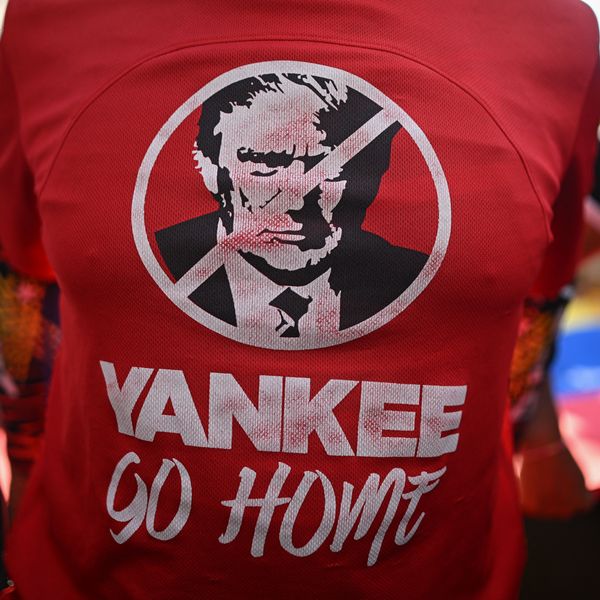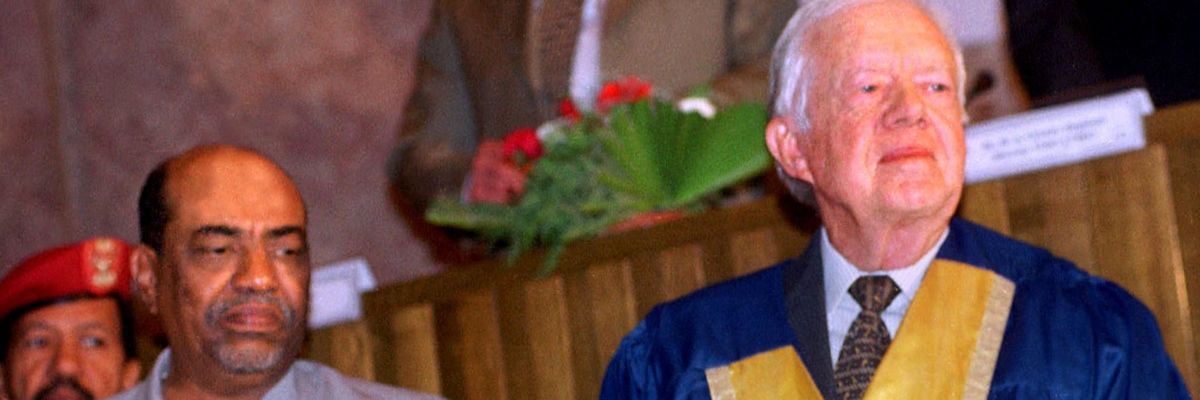On the occasion of former President Jimmy Carter’s death, I am reprinting this column with some updates.
The guinea worm may be the second major human disease after smallpox to be completely eradicated. It is a parasite that you get from drinking water with small fleas in it. The larvae of the worm are in the fleas, and they migrate into your muscles. After growing there for a year, as a long thread gathered in a bump, the worm works its way out over two or three days, which is extremely painful and potentially debilitating. The disease mainly existed in Central Africa, and especially in South Sudan. At its height it afflicted 3.5 million people in 21 countries. The technical name for the disease is dracunculiasis.
The Carter Center is reporting that in 2024, only seven human cases were reported worldwide! Carter had wanted to outlive the disease and he came very close.
He brought a debilitating disease’s toll down from 3.5 million people over nearly two dozen countries to almost zero.
After he left the White House, Jimmy Carter did a lot of traveling for his foundation. In Africa, he saw those suffering from the guinea worm, and asked what could be done about it. He was told that the flea that carries the larvae is big enough so that even just filtering water through cloth would get rid of it.
From 1986, Carter put together a coalition of the World Health Organization and health ministries in the afflicted countries (which then included Pakistan) to get the word out to people about the need for water filtration.
He even at one point in the mid-1990s helped negotiate a cease-fire between the north and the south in Sudan so that his activists could reach affected villagers and teach them how to filter the water!
The Garter Center thus spearheaded this effort, though it became an international movement with many participants.
The Centers for Disease Control and Prevention says, “Since 1986, WHO has certified 200 countries, areas, and territories as dracunculiasis-free. Five countries with ongoing endemic dracunculiasis (Angola, Chad, Ethiopia, Mali, and South Sudan), plus Sudan, which has not yet completed its dossier and follow-up visit, have not been certified by WHO.”
Carter showed what a determined person can accomplish through single-minded purpose driven by compassion, and the pursuit of strategic partnerships and cooperation. He brought a debilitating disease’s toll down from 3.5 million people over nearly two dozen countries to almost zero. The former president has given the world a model that should be deployed to solve other pressing problems. He was one of the world’s few true heroes.



